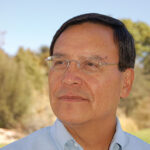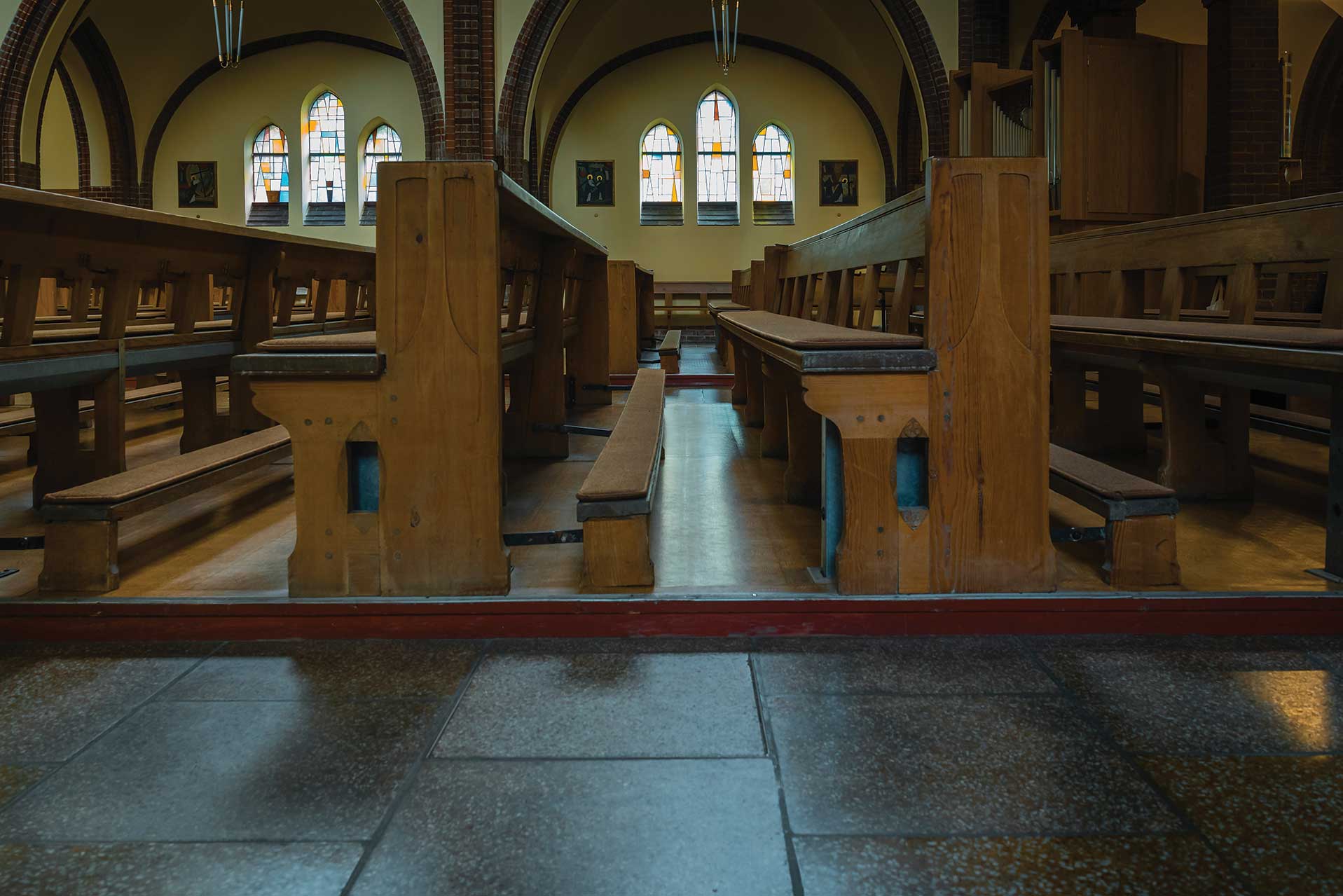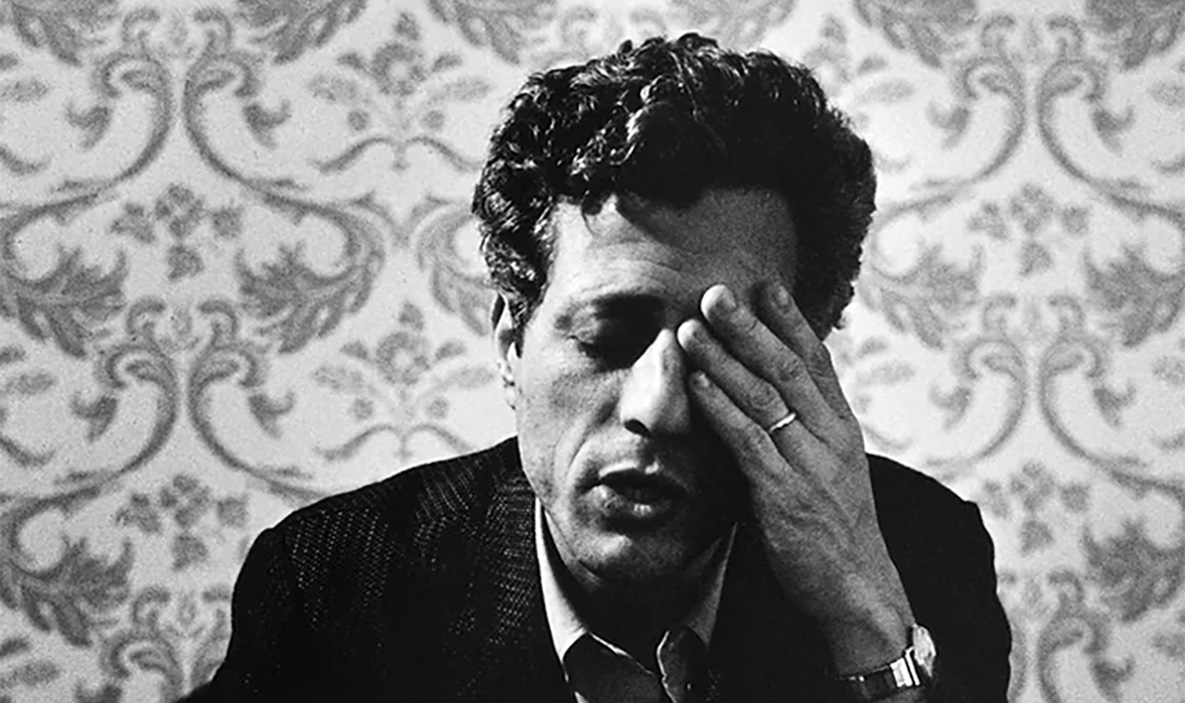Excerpted from La Nueva Voz
By José Z. Calderón, Emeritus Professor
IN THE LAST FOUR DECADES— although the U.S. economy has doubled in growth—the bottom half of households have seen no income gains. In these same years, the top 1 percent had their annual income go up from an average of $400,000 to $1.3 million.
The result of this is that workers have had to work longer hours, take on more debt, and see more numbers in the family forced to work. The reality is that one of every seven persons in this country lives below the poverty line. …
At the local level, we need a social movement that is about building models of democratizing wealth based on the collective and not just the interests of the individual. This takes us into the realm of cooperative models such as that of the Green New Deal (proposed by Congresswoman Alexandria Ocasio-Cortez) to shift to 100 percent renewable energy in 10 years, to create tens of thousands of new jobs, and to advance the implementation of publicly owned banks like the North Dakota Bank. Already, New Jersey Gov. Phil Murphy and California Gov. Gavin Newsom have committed to establishing state public banks.
To address racial injustice, new models of democratizing wealth are desperately needed.
-José Z. Calderón
This follows with the thinking that a whole new economy is emerging that includes models of economic development with racial justice in the forefront. The rise of this new economy includes worker-owned cooperatives such as the “Si Se Puede” cooperative (a Brooklyn house-cleaning enterprise owned primarily by Latinas) and union cooperatives such as the Communications Workers of America Local 7777 in Denver (Green Taxi) where the leadership and board are made up entirely of immigrant drivers from East Africa and Morocco.
Further, worker co-ops are being implemented now in Cleveland, Albuquerque, Milwaukee, New York City, Newark, Oakland, Rochester, and Madison. These economic innovations include more than 6,600 employee stock ownership plans (ESOPs) throughout the country with $1.4 trillion in assets and “businesses owned by the people they serve” (they include credit unions, agricultural cooperatives, and consumer cooperatives) that represent $500 billion in revenue and employ more than 2 million people.
There are four principles that involve moving in this direction of racial equity: One, thinking of new ways to democratize wealth. Two, placing the building of community and what is in the interests of community in the forefront in all development. Three, decentralizing power in general—so that there is community input. And four, planning in the interests of quality of life.
Rather than a culture of greed and selfishness in the forefront, there is the capacity for a new kind of planning with a culture of collectivity in the forefront—to use the earth’s resources and local partnerships between schools, cities, businesses, and community-based organizations to build multiracial unity in advancing concrete models that get at the systemic sources of unjust and historical inequities.
 Calderón is emeritus professor of sociology and Chicano/a and Latino/a studies. His commentary appeared earlier this year in the Stop-the-Hate special feature series published by Pomona-based La Nueva Voz. This excerpt is reprinted with permission of Jeff Schenkel (publisher) and Renee Barbee (vice president of marketing and operations) of La Nueva Voz. Read the full piece here.
Calderón is emeritus professor of sociology and Chicano/a and Latino/a studies. His commentary appeared earlier this year in the Stop-the-Hate special feature series published by Pomona-based La Nueva Voz. This excerpt is reprinted with permission of Jeff Schenkel (publisher) and Renee Barbee (vice president of marketing and operations) of La Nueva Voz. Read the full piece here.




